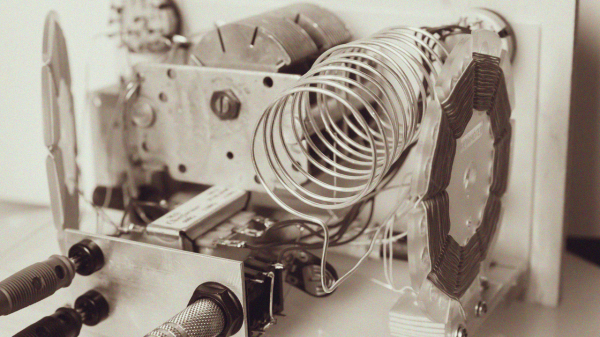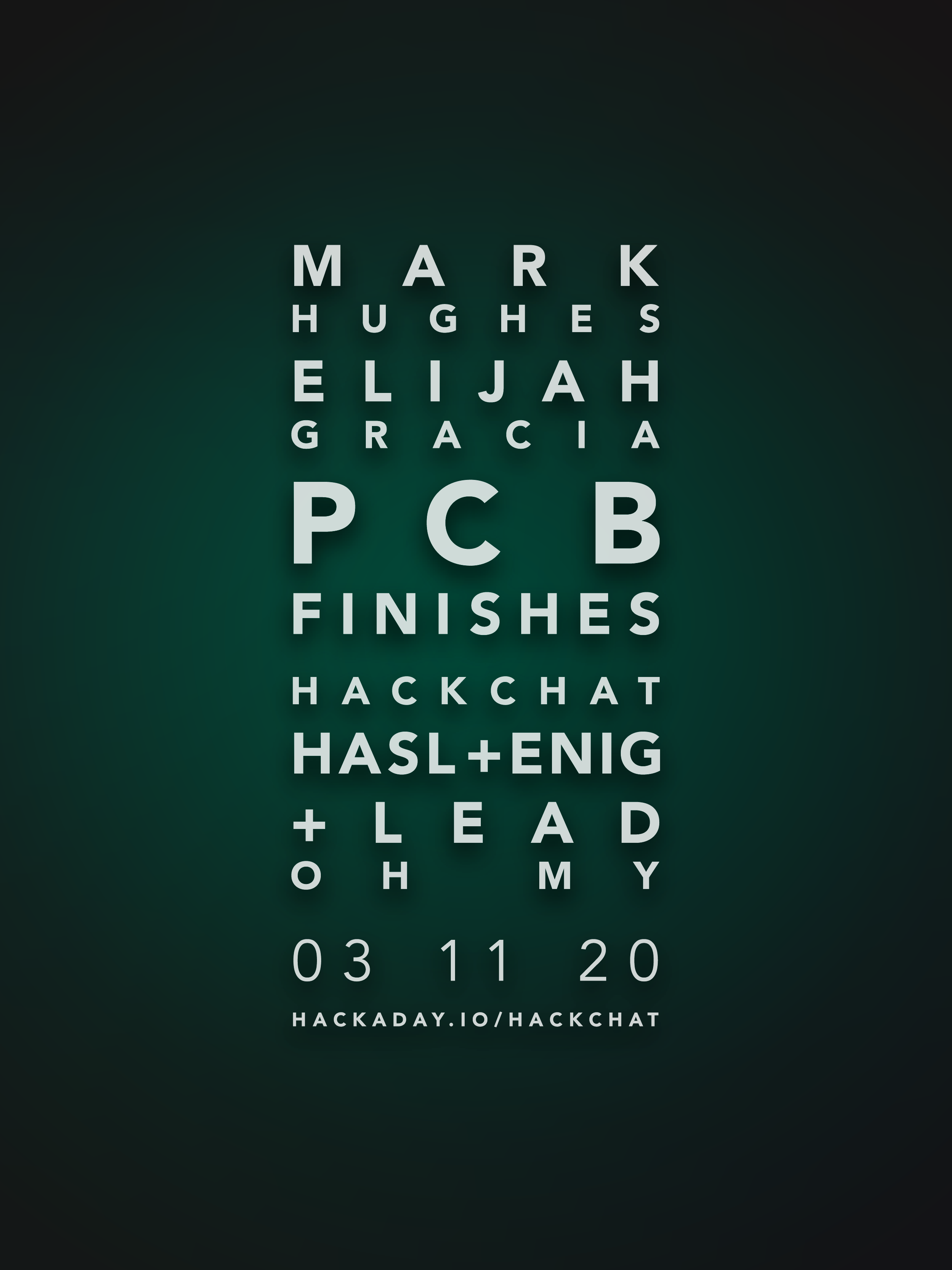Join us on Wednesday, April 1 at noon Pacific for the Laser Artistry Hack Chat with Seb Lee-Delisle!
It’s hard to forget the first time you see a laser light show. A staple at concerts starting in the 1980s, seeing a green laser lance out over the heads of tens of thousands of screaming fans to trace out an animated figure or pulsating geometric shapes was pure fascination, and wondering how it was all done was half the fun. As we all know now, it was all done with mirrors, tiny and connected to low-inertia galvanometers capable of the twitchiest of movements, yet precise enough to position the beam of light exactly where it needed to be to create the desired illusion. It was engineering, science, and art all wrapped up into one package.
Fast forward to the present day, and laser show technology has certainly advanced. Bulky laser tubes have been replaced by solid-state devices, more colors are available, and galvo designs have improved. The art and artistry of the laserist have grown with the tech, which is where our guest Seb Lee-Delisle comes into his own. We’ve featured some of Seb’s work before, like an Asteroids laser vector display and enormous public laser displays. And now he’ll stop by to talk about how the art and the tech combine in his hands to produce something much greater than the sum of its parts.
 Our Hack Chats are live community events in the Hackaday.io Hack Chat group messaging. This week we’ll be sitting down on Wednesday, April 1 at 12:00 PM Pacific time. If time zones have got you down, we have a handy time zone converter.
Our Hack Chats are live community events in the Hackaday.io Hack Chat group messaging. This week we’ll be sitting down on Wednesday, April 1 at 12:00 PM Pacific time. If time zones have got you down, we have a handy time zone converter.
Click that speech bubble to the right, and you’ll be taken directly to the Hack Chat group on Hackaday.io. You don’t have to wait until Wednesday; join whenever you want and you can see what the community is talking about.




















